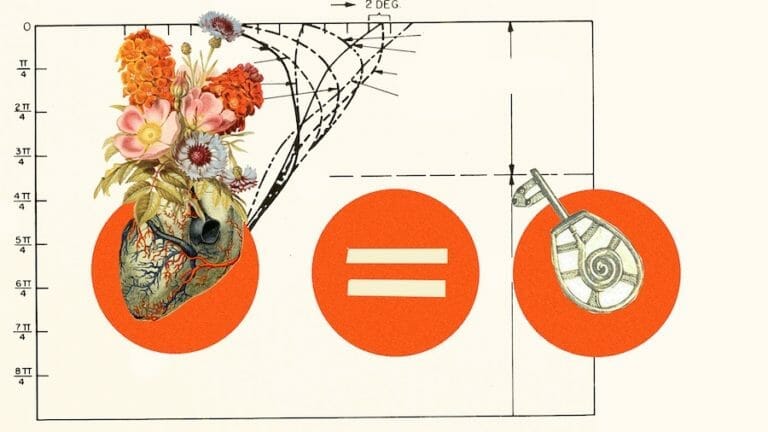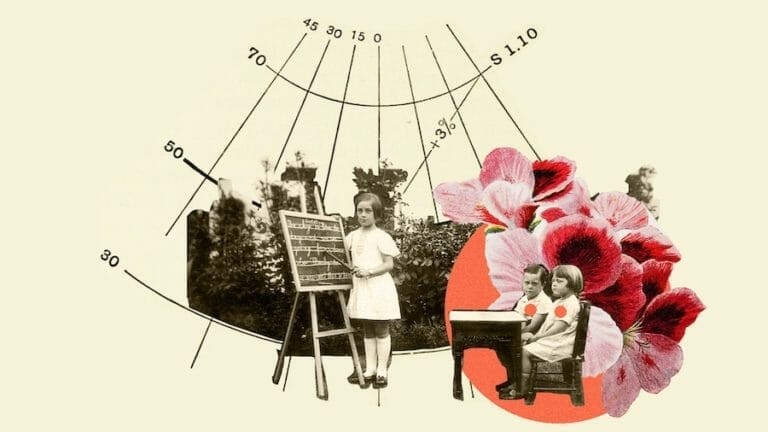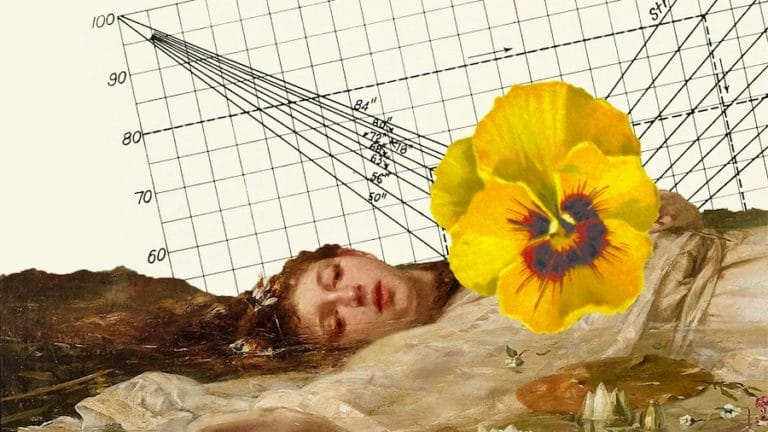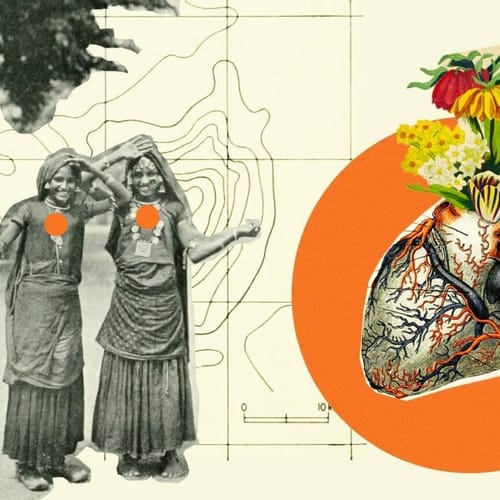When I first learned about reiki, I was in my mid-teen years and just returning to the spiritual connection I felt during my childhood. I remember catching up with a dear friend of mind in between classes when she told me about her transformative experience receiving reiki.
As she shared about the reiki energy healing and cleansing that occurred through hand placements, I couldn’t help but feel intrigued. However, it wasn’t until after college where the reiki energy knocked on my door, yet again, with a loud invitation to receive my level one attunement. Moreover, it was a guided thrust forward to step into this modality, learn about its history, and practice consistently. Since then, reiki has been a great ally in cultivating and opening up my energetic channels to receive life force energy and direct it through my body.
What is reiki?
Aside from my personal experiences, working on myself, and participating in reiki shares, its rich history showcases an array of healing benefits. Some of these include clearing emotional blockages, healing physical ailments, and working with subtle forces for guidance that can help heal the planet.
Reiki origins and history
Reiki is an energetic form of healing that originated in Japan by a lay monk and spiritualist, Mikao Usui, during the early 1920s. Throughout the later years of his life, Usui traveled through the country, teaching over 2,000 students and training just 16 reiki masters. Out of the 16 reiki masters, Chujiro Hayashi received Usui’s blessings to open a Reiki clinic.

During this time, Hawayo Takata, a first-generation Japanese-American, came to the clinic for medical relief. After months of treatment, Takata was relieved from her asthma condition and felt moved by the energy to devote herself to spreading this modality. Soon enough, she brought reiki to Hawaii in 1937, which ultimately made its way to the US mainland. Since then, Takata has trained 22 reiki masters who have continued the lineage of teachings regarding how we practice reiki today.
While the history behind reiki healing therapy is indeed intimate and close-knit, the current unfolding and expansion of reiki energy and knowledge are gently making their way into the mainstream. For instance, where this modality once seemed too wishy-washy for hospital use, many institutions are now beginning to integrate reiki healing with Western approaches. So it’s quite an exciting time for alternative methods, which we’ll soon see they’re not so alternative, to begin with, because as science catches up, the wisdom remains timeless.
How does reiki healing actually work?
To understand how reiki healing works let’s take a look behind the words, of course, for a glimpse into its essence. “Rei” means universal, and “ki” means energy. This blending of universal energy is at the core of reiki’s healing modality and can be harnessed by anyone. While there are attunements and training available, which I highly recommend, you don’t necessarily need to be an isolated monk who sits in silence to access this force. Before I get into some of the points behind the how let’s do a little experiment, huh?
But, first… Try this reiki healing experiment
Find yourself in a comfortable seat and close your eyes. Begin to take a deep breath through your nose, filling your belly and rising through your chest. Exhale through the mouth and let this exchange to release from tension or stiffness held in your body. Breathe like this two more times and welcome in the natural healing that is taking place. Feel the sweet release and sigh it out. (Yes, you can smile.)
Now that you are grounded in your body and space, slowly bring your palms into prayer at your chest. Notice any feelings here, if any, and start to rub your palms together for another flow of three deep breaths. Rub your palms and allow the motion to create heat. From here, keeping your eyes closed, gently separate your palms, so they are only almost touching. Take a moment. Notice how reiki and chakras correlate to one another. Feel the wash of angelic reiki healing flow through your vessel. Perhaps you might even feel called to work with a reiki master or take a reiki healing course to further your understanding.
As you feel the electricity between your palms, begin to play with the distance between your palms. Maybe you bring your fingertips closer to one another and notice the difference between these centers. You might even play around with envisioning an energetic ball of light between your palms and spin it around as part of your reiki spiritual healing.

Continue noticing what you feel here and the warm flow of energy that is coursing through this space. Next, you can rub your hands together again and then bring your palms in front of your face. This is a great one to help relieve tension, release thoughts, and calm the muscles in the face.
If you notice here, this is accessible to every one of us. The life force energy is constantly flowing through. When we receive a reiki attunement, we can feel how to connect and harness this healing touch to share this energy with others on different levels.
What happens during a reiki energy session?
Since reiki energy translates to universal force, this modality works in various ways, including energetic clearing, physical touch, and meditation, to name a few. When you go for a healing session, the reiki practitioner serves as a conduit between universal force and patient that often helps in guiding your experience.
Depending on the individual, some practitioners may guide you through meditation first or call in supportive guides. Regardless, the energy is not necessarily coming from the practitioner but rather through the practitioner. This means there is no drain on the practitioner, guaranteeing that the energy flowing through is also objective.
Reiki treatments can last for as little as 15 minutes or surpass an hour. This is something you can keep in mind when committing to a session, depending on what you feel called to. With the option to receive reiki in a seated position or lying down, the practitioner gently hovers their palms over the patient focusing on specific chakras or energy points. Sometimes the healer may even place their palms on the physical body to further usher the energy through various channels. On the receiving end, the patient will feel a unique set of sensations. For example, one might feel tingles of heat move in one area while feeling cold in another. Often, patients can also feel an overarching sense of serenity and relaxation. Often, patients can also feel an overarching sense of serenity and relaxation. Some might feel pain or discomfort as negative energy is released to welcome in good health and vitality. After all, the only way to heal is to feel through it. Pain is nothing to be afraid of for it is the portal that can guide us to our greatest version yet.

What should I expect after a reiki session?
With everything in life, I do my best to release expectations and instead be open to what I need to receive. Setting an intention for your reiki session is something I always recommend with a light reminder not to attach yourself to what the materialization of reiki benefits might look like.
Overall, most patients feel at ease and sometimes even fall asleep during a session. Typically, when a patient falls asleep, deeper healing occurs as one drifts between the waking and spirit realms. Thus, the benefits of reiki are infinite, ranging from detoxifying the body, relieving pain, stimulating the immune system, and so much more.
I’ll emphasize, while each experience is different per individual, it is essential to drink plenty of water after a session. This helps usher the work done during the reiki session and flush it out from the internal system.
How do reiki healing techniques relate to other integrative therapies?
Since its founding in the 1930s, reiki has spanned across the global sphere, sprinkling healing and aiding in reworking how the Western world views medicine. On its own, reiki energy is limitless and can be tapped in by anyone. In addition, Reiki can bridge seemingly different worlds into one, further amplifying the healing potential in relation to other therapies. For example, since reiki healing therapy works with our body’s energy centers and chakras, many practitioners will work with reiki crystals to assist in a session.
While there is a place and immense gratitude for modern medicine, it is no secret that pills only treat the symptom rather than the root cause. The more reiki continues to grow, the more alternative modalities appeal to the mainstream, including acupuncture, psychic abilities, and chakra clearing, furthering our return to freedom. I really couldn’t think of a better and more fun way to take healing into my own hands. No pun, or maybe 🙂
External Resources
Energy Medicine: Medical Qigong and Reiki
Distant Healing and the Human Energy Field
Energy Medicine: Current Status and Future Perspectives
